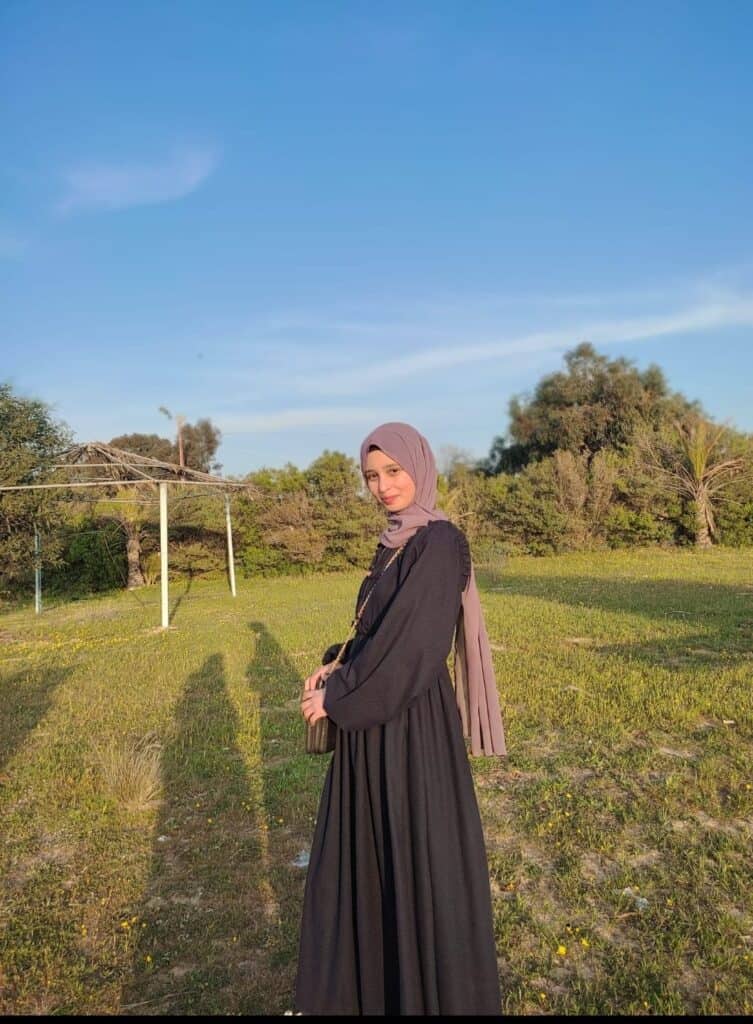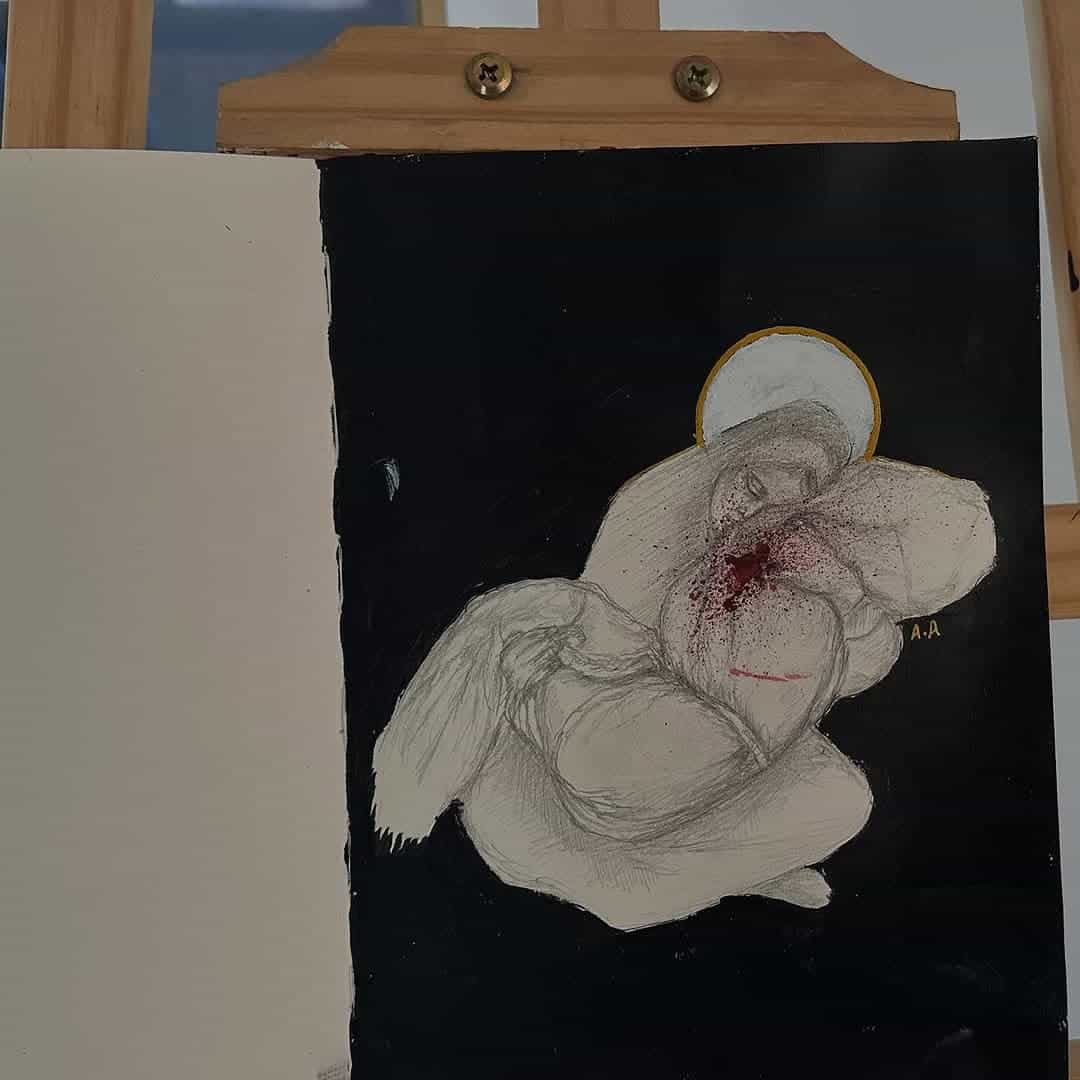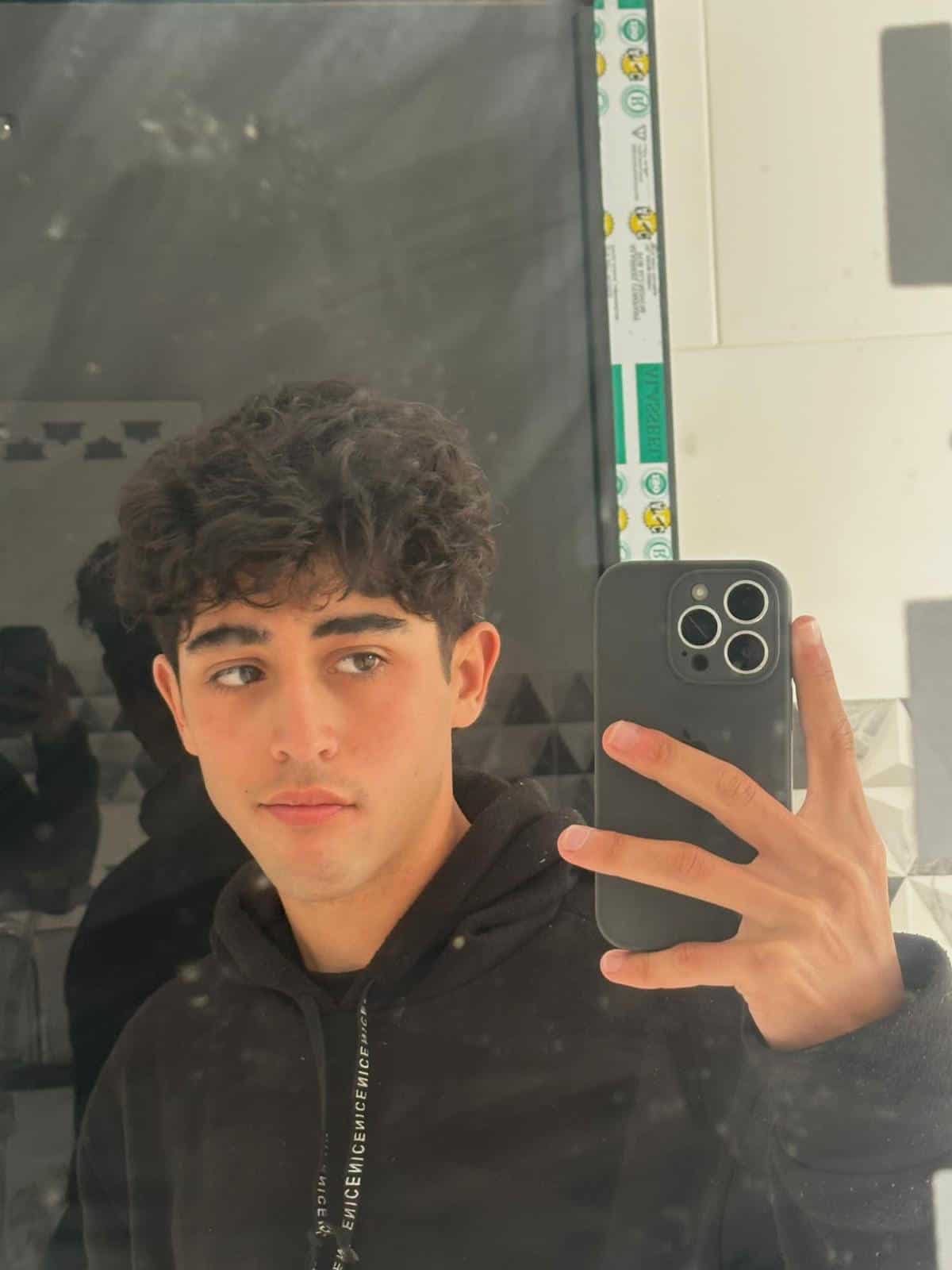They always say:
it shall pass.
As simple as a three word sentence could be.
They repeat it as if it were a curse.
As if grief were smoke,
easy to scatter with breath.
But this—
this pain suffocates me,
a constant fire thrown into my stomach,
a furnace that will not die.
Every day repeats.
Every morning dawns as a wound that will not close.
Every day I cry—
until my eyes dry
Outside, the world shifts
with every tick of the clock.
But here we are,
imprisoned in a cage of rubble and easy death,
where walls breathe heavier than lungs.
Every night I long to sleep.
But I think,
I thi…
I think—
thoughts thundering,
thick, tangled,
turning night into a whirlpool.
And when the sun sinks,
we fear not the silence of night,
but the marriage of darkness and bullets—
our black turned into red.
And when the sun dares to rise,
ironically, it burns us more:
another day of exhaustion,
another chapter in this genocide.
And every morning I wake
to question my own existence.
Was it all a dream?
Until the bombardment comes—
a sudden slap across my face,
reminding me:
The nightmare is real.
This is genocide.

Lubna Ahmad Abu Dahrouj

Lubna Ahmad Abu Dahrouj is a student of the late Dr. Refaat Alareer. She says, “I believe in the power of writing, and I find solace in it during this genocide. Writing serves as both a testimony and a powerful form of resistance. I write for the sake of my people—the people of Gaza. I love my people deeply, and so it is my duty to write.”

Ahmed Header Ashour, a 23-year-old artist from Gaza, graduated last year with a degree in pharmacy. Art has always been my way of expressing what I carry inside. I chose to focus my drawings on the Palestinian cause to capture and convey the pain of our people—through war, hunger, death, and displacement. His artwork titled, “A scene from Gaza by artist Ahmed” is the featured artwork for Lubna’s poem.


